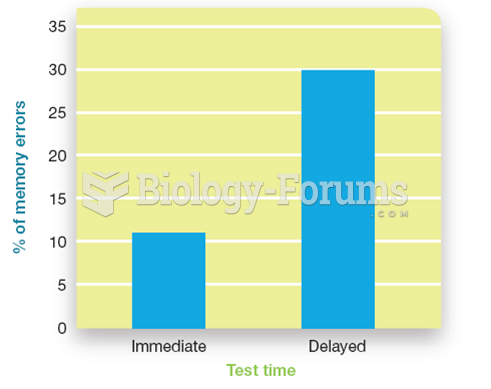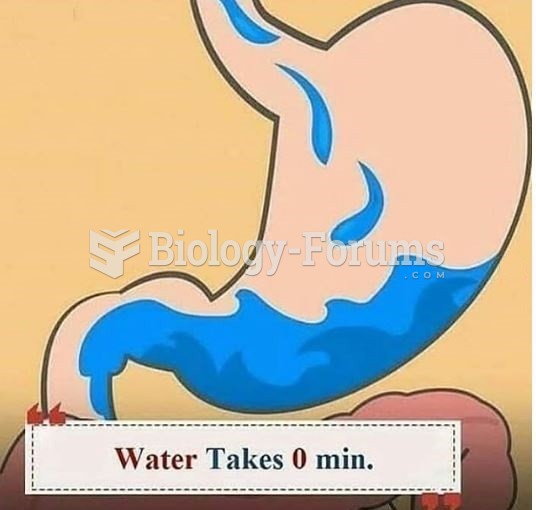|
|
|
Did you know?
This year, an estimated 1.4 million Americans will have a new or recurrent heart attack.
Did you know?
Approximately one in four people diagnosed with diabetes will develop foot problems. Of these, about one-third will require lower extremity amputation.
Did you know?
The ratio of hydrogen atoms to oxygen in water (H2O) is 2:1.
Did you know?
It is difficult to obtain enough calcium without consuming milk or other dairy foods.
Did you know?
If all the neurons in the human body were lined up, they would stretch more than 600 miles.







